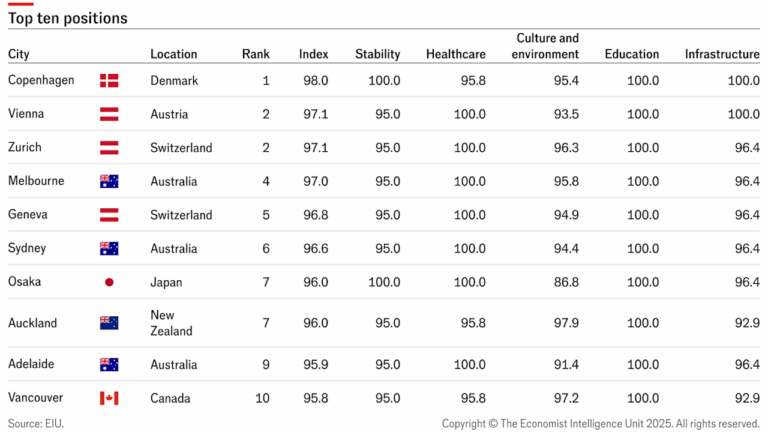Red-Crowned Roofed Turtle
- The red-crowned roofed turtle has returned to the Ganga River after nearly 30 years of absence.
- The Red-Crowned Roofed Turtle (Batagur kachuga) is one of the most endangered freshwater turtle species in the world.
- It is native to South Asia, particularly India, Bangladesh, and Nepal.

- Historically found in deep, flowing rivers with sandbar nesting sites, it now survives only in the Chambal River, with fewer than 300 individuals remaining.
- This species plays a crucial role in maintaining river ecosystem balance by controlling aquatic vegetation and contributing to nutrient cycling.
- Under the Namami Gange Mission and Turtle Survival Alliance India (TSAFI) project, 20 turtles (10 males, 10 females) were released into the Ganga River at Haiderpur Wetland and Hastinapur Wildlife Sanctuary.
Threats
- The species is highly susceptible to major hydrological projects and their impacts on river flow dynamics and nesting beaches, and water pollution.
- Since human activities on and along the river are disturbing, the entanglement in fishing nets has led to a significant impact on subpopulations.
- Degradation of habitat due to pollution and large-scale development activities like water extraction for human consumption and irrigation and irregular flow from the upstream dams and reservoirs are the main threats to these species.
- Sand mining and growing of seasonal crops along Ganga River are majorly affecting the sandbars along the river that are used by the species for nesting.
- Overharvesting the animal for illegal consumption and illegal international trade are other reasons for its extinction threat.
- Over 11,000 tortoises and freshwater turtles have been seized in India from 2009-2019, found a study by TRAFFIC, a global NGO working on trade in wild animals and plants and their conservation.
Red-Crowned Roofed Turtle Conservation Status
- IUCN: Critically Endangered
- Wild Life (Protection) Act of 1972: Schedule I
- CITES: Appendix II
Conservation
Protected Areas and Sanctuaries
- The National Chambal Sanctuary (across Madhya Pradesh, Rajasthan, and Uttar Pradesh) provides a protected riverine habitat
Captive Breeding Programs:
- Organizations like the Madras Crocodile Bank Trust and Turtle Survival Alliance (TSA) have established captive breeding and assurance colonies.
- Hatchlings are reared in controlled environments and later released into the wild to boost wild populations.
Awareness and Community Involvement:
- Local communities are engaged in conservation through education and incentives.
- Sustainable livelihood programs are introduced to reduce dependence on riverine resources.
Scientific Monitoring and Research:
- Satellite telemetry and tagging programs help track movements and understand habitat use.
Mains Practice Question
Question: Why is the Red-Crowned Roofed Turtle considered critically endangered, and what conservation efforts are being made to protect its habitat and population?
Prelims Practice Question
In India, if a species of tortoise is declared protected under Schedule I of the Wildlife (Protection) Act, 1972, what does it imply?
(a) It enjoys the same level of protection as the tiger.
(b) It no longer exists in the wild, a few individuals are under captive protection, and it is impossible to prevent its extinction.
(c) It is endemic to a particular region of India.
(d) Both (b) and (c) stated above are correct in this context.
Correct Answer: (a) It enjoys the same level of protection as the tiger.







